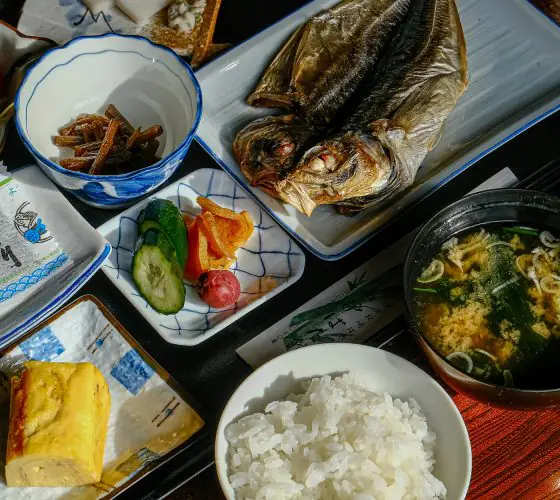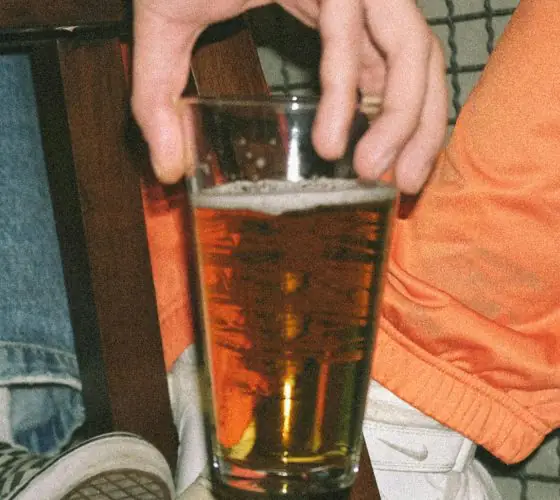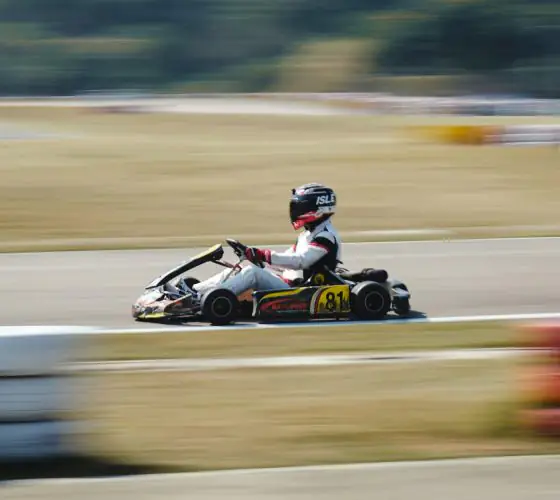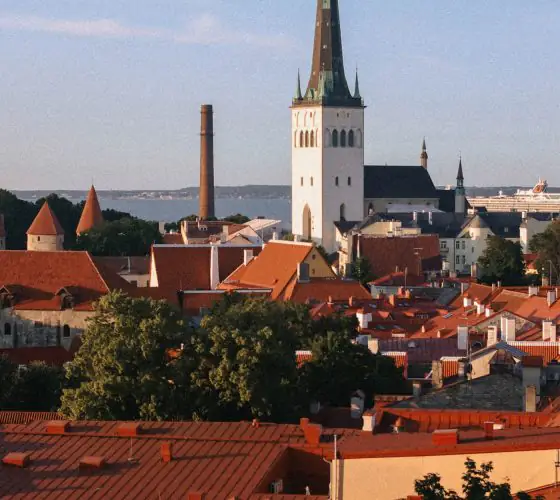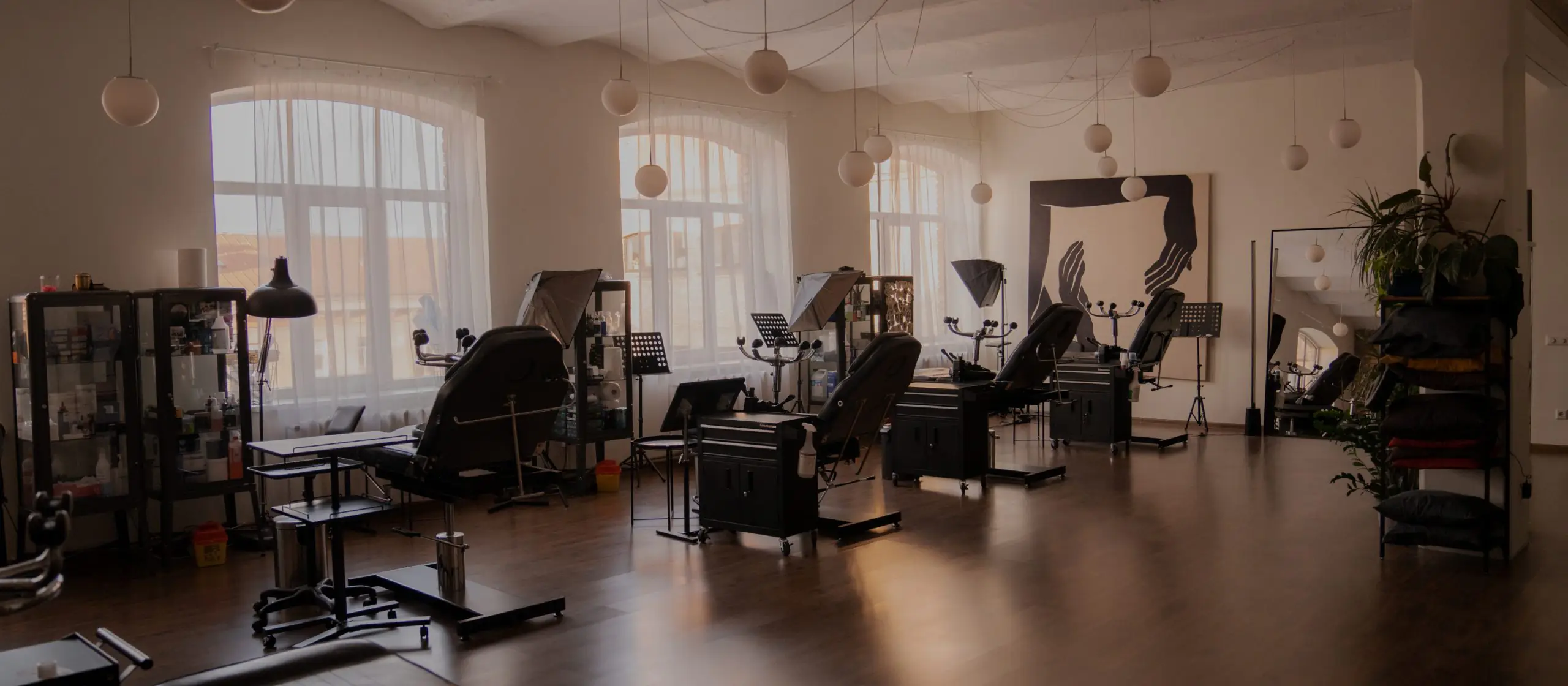
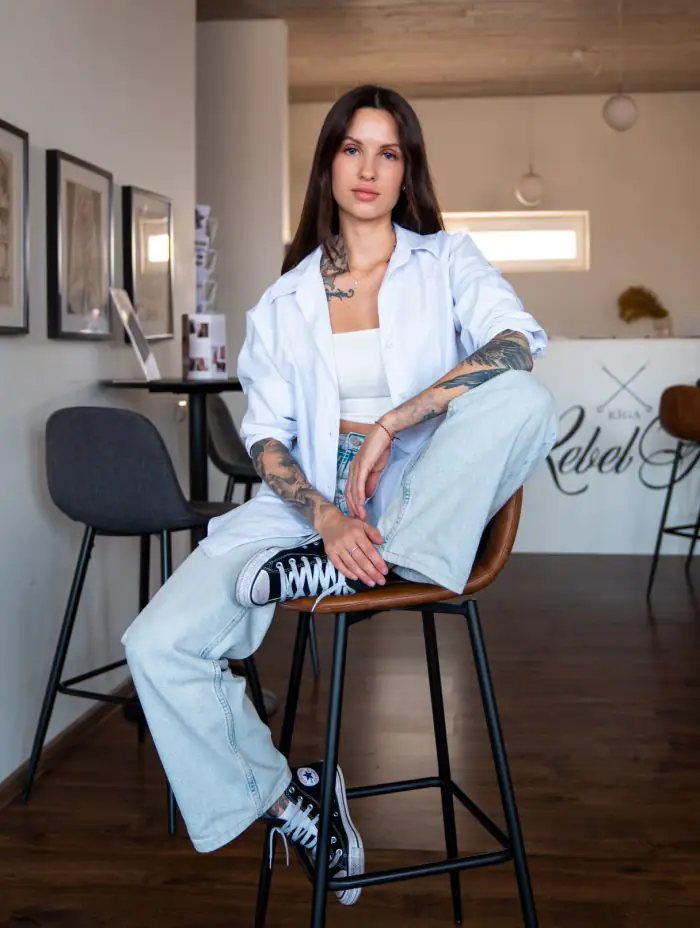
Pseudonym
My name is Regina Renjute. The second part is not a surname, but a pseudonym I adopted in honour of my grandmother. She was from Lithuania and everyone called her Renja. One day, when someone called me Renja too, I felt a warmth in my heart and decided to keep this name, but in a gentler, more diminutive form. It has been with me ever since, and it sounds really close.
First business
As a child, I tried my hand at many things, such as photography, painting and pyrography. At school, I already had my own small business—I sold homemade earrings. From that moment on, I knew that I wanted to work for myself—I couldn’t imagine having a boss telling me what to do.
I came to tattooing very organically from that inner conviction. In the small town of Olaine, where I grew up, I was the only tattoo artist. I priced my work very affordably and clients came quickly. Ten years ago, by the time I graduated from the university in Riga, I had already opened my first cabinet in Olaine.
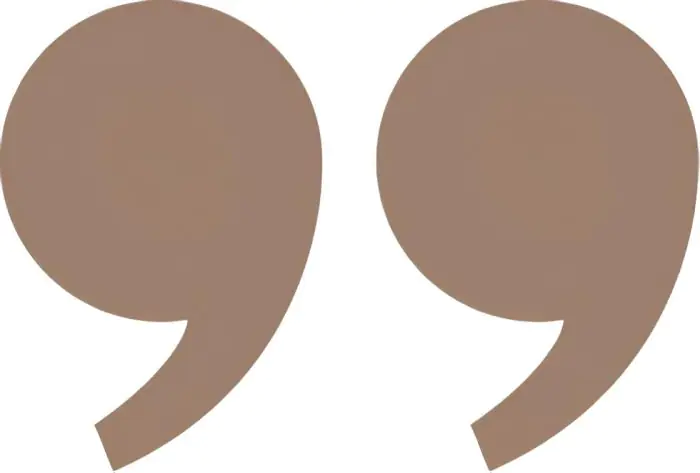
When I started, the tattoo industry in Latvia was not as developed as it is now. It was difficult to find a good tattoo artist back then—people relied on word of mouth.
About women in tattoos and stereotypes
The tattoo industry is seeing an increase in the number of women, both among clients and among artists. There are a few reasons for this.
Firstly, tattoos used to be considered ‘unfeminine’ and the style of tattoos was more brutal, with thick lines, demons, something screaming and memorable. Now, subtle styles have emerged in the industry, such as florals, mandalas and fine line work, where artists create ornaments with very thin lines.
Secondly, for a long time, the typical tattoo studio was seen as a dark basement with rock music and bikers. From the outset, I knew that my studio would be different. It would be bright, spacious, aesthetically pleasing and impeccably clean.
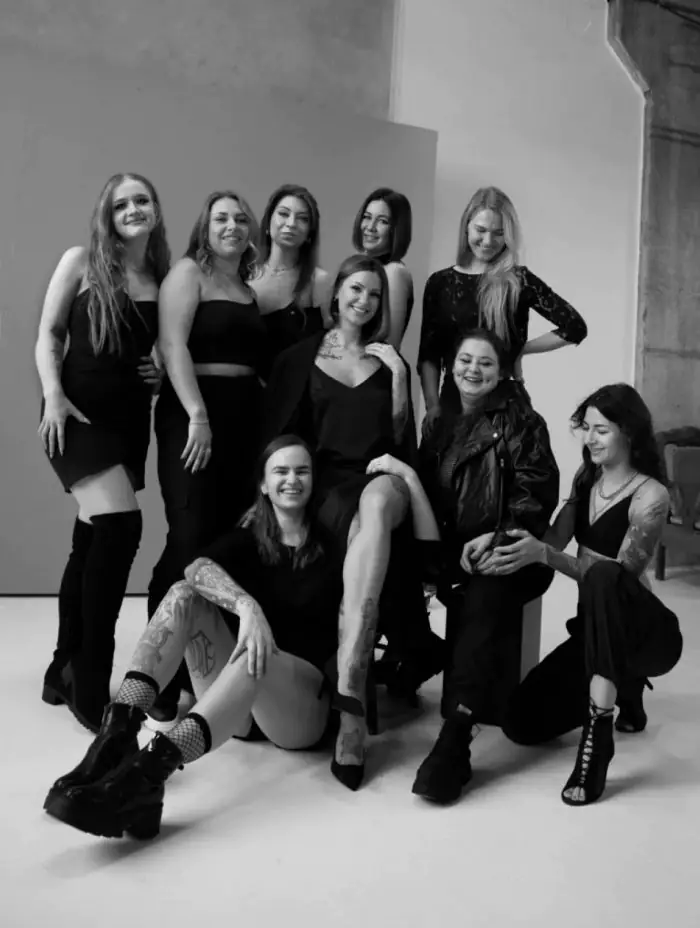
For the last few years, only girls have worked in our studio.
Many people assume that an all-female team means drama and gossip, but this is definitely not the case for us. I am a calm person who really appreciates straightforward, honest relationships and professionalism.
Things that make a tattoo studio comfortable
A career as a tattoo artist has one major advantage that is not immediately apparent: the opportunity to travel widely and explore new cities and countries, since there will always be a place where your skills are in demand. At the beginning of my career, I travelled a lot—I wrote to studios offering to work for them—and if they were interested, they invited me. Similarly, studios can find the artist themselves and offer them a position. This format is called a “guest spot”.
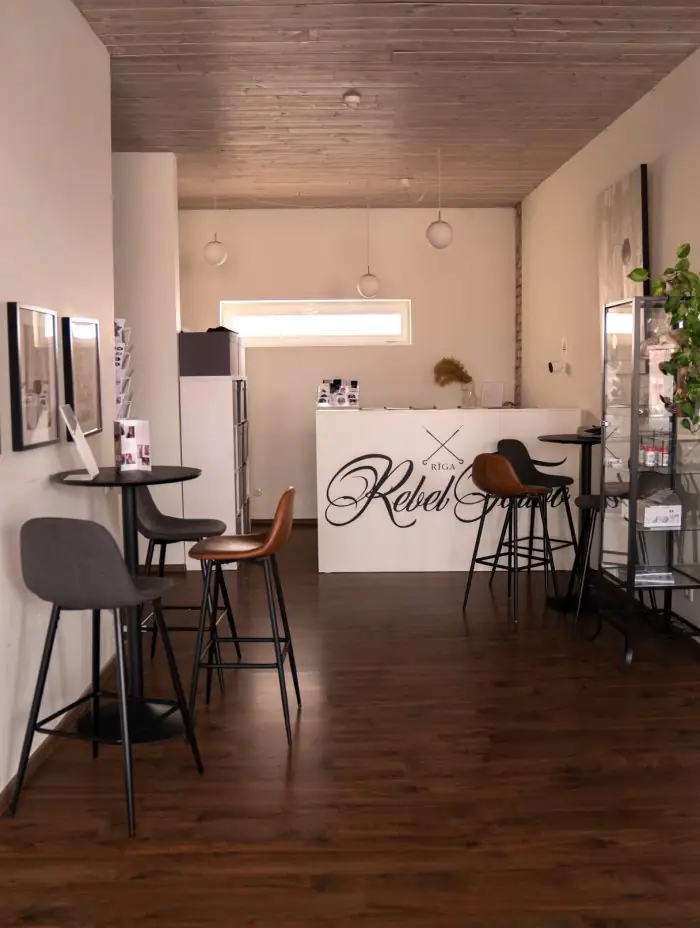
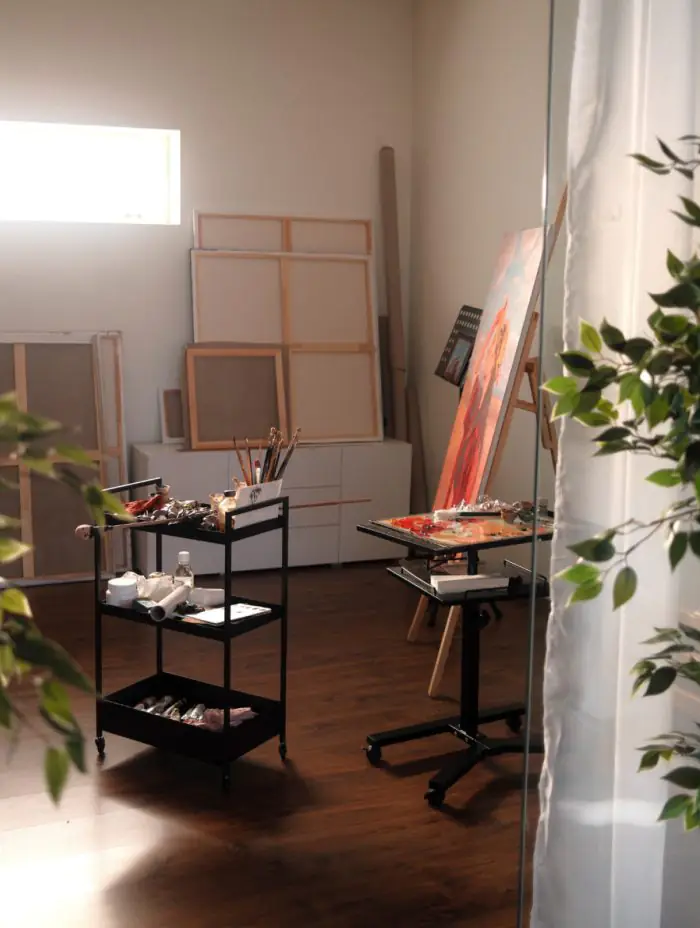
Over the years working in different studios has helped me understand what truly matters to me in a creative space. I’ve experienced firsthand what I value and what I’d prefer to avoid when it comes to how a studio is set up and run. One thing I knew I wanted for my own space was a balance between functionality and comfort, both for the artist and the client.In many studios, the focus is almost entirely just on the tattooing process, with little attention to the overall atmosphere or comfort of clients and artists. But when a tattoo session can last several hours, it’s essential to have a space where people can take a break, relax, or work quietly. That’s why we created a dedicated rest area for artists, where designs can be developed in peace, and a calm environment where painting and other creative work can happen alongside the tattooing. The goal was to build a space where people genuinely enjoy being somewhere that supports creativity, comfort, and connection.
About teamwork
Working with artists is always about nuances. Even during the interview process, it is important for me to understand whether the candidate is motivated to grow professionally. Some people’s only motivation for coming to work is to clock in and out. But I need someone who wants to develop and see their tattoos improve.
When we hire someone, I always pay close attention to the quality of their tattoos. We have a general chat room where we share all new work and a separate chat for photos of healed tattoos. It’s important to monitor how the tattoo heals—you can do a great job, but then half of the work can disappear during the healing process.
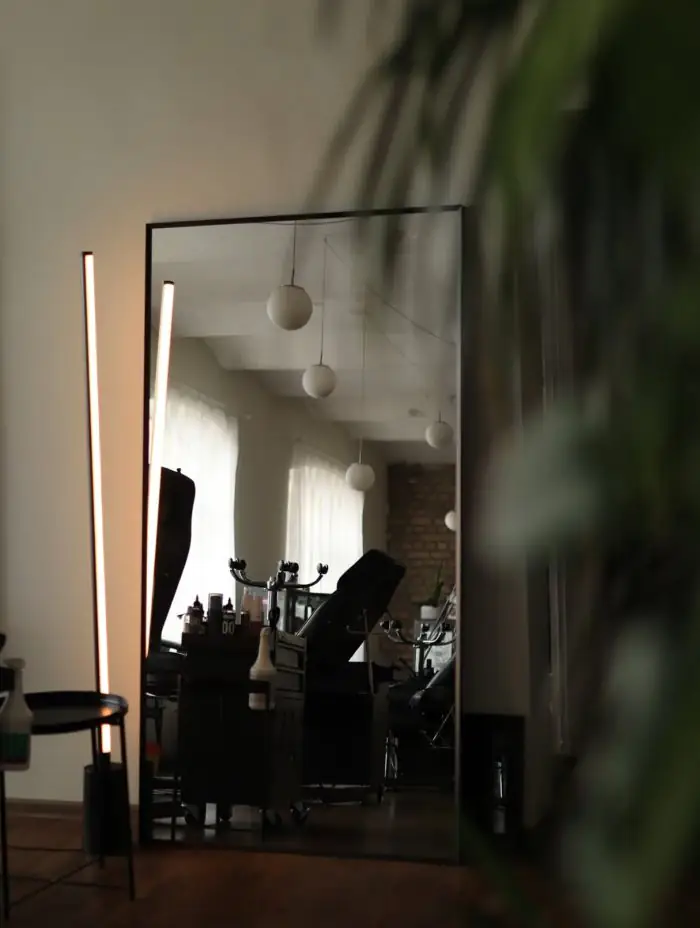
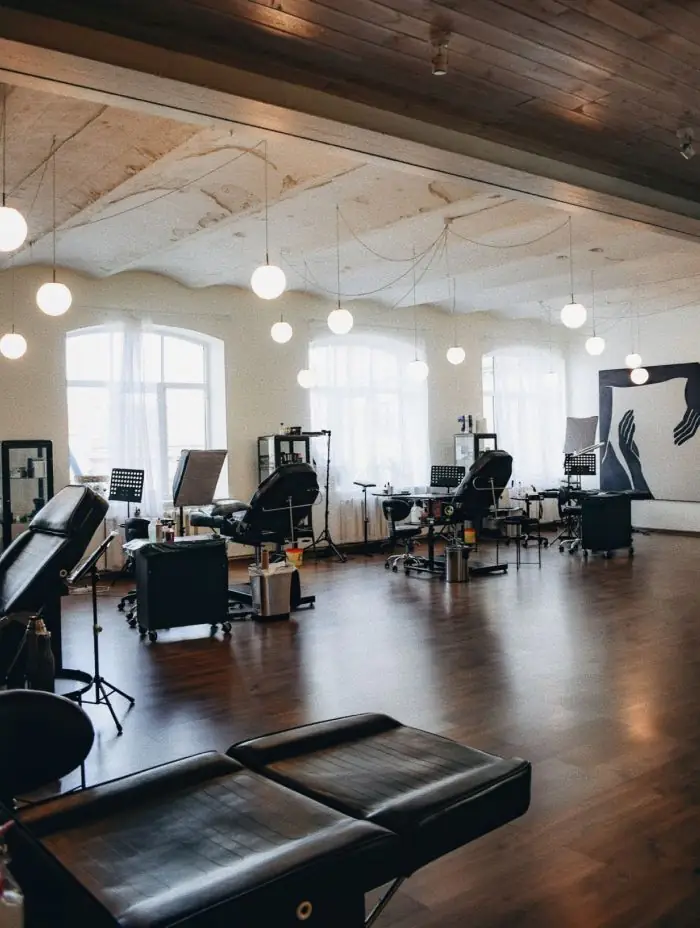
We regularly get together as a team—once a month or every couple of months—to discuss work-related issues and share our experience. Recently, I’ve started inviting interesting people to these meetings so that the team can hear other voices, as well as sharing opinions.
Work with a client
The work of a tattoo artist is always a ritual. All kinds of people come to you, and every time, you start from scratch: you work together to come up with a project, discuss the details and develop new ideas. Sometimes, as a skilled professional, you may feel that you know everything there is to know. Then someone who doesn’t understand anything about tattoos comes along and asks you to change or redo the drawing, and the result is even more interesting.
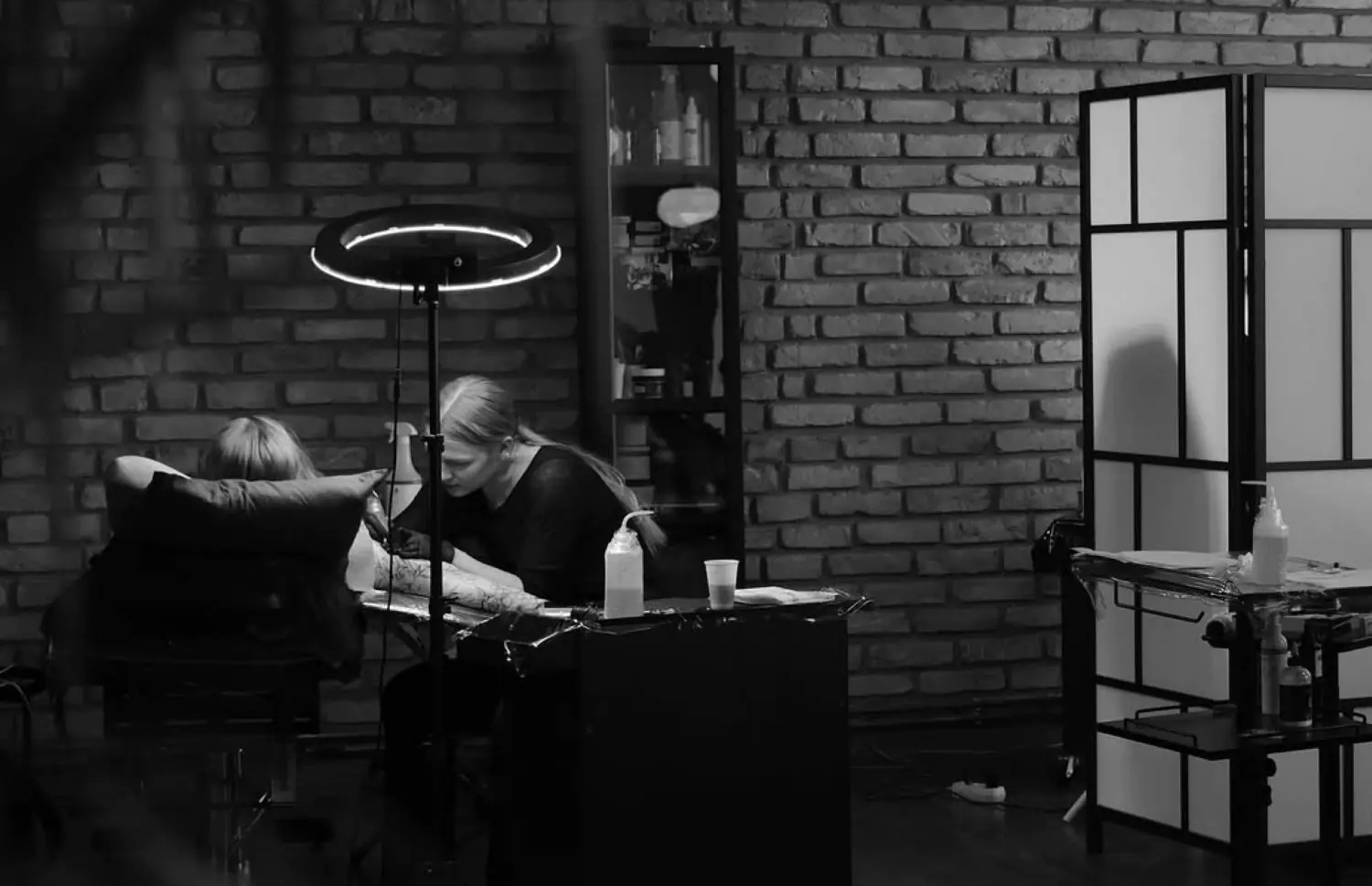
We never judge our clients’ choices. Everyone has their own reason for getting a tattoo: sometimes it’s to commemorate a loved one, sometimes to preserve an important moment, and sometimes it’s simply to adorn the body with a beautiful ornament. It is always important to us to honour that.
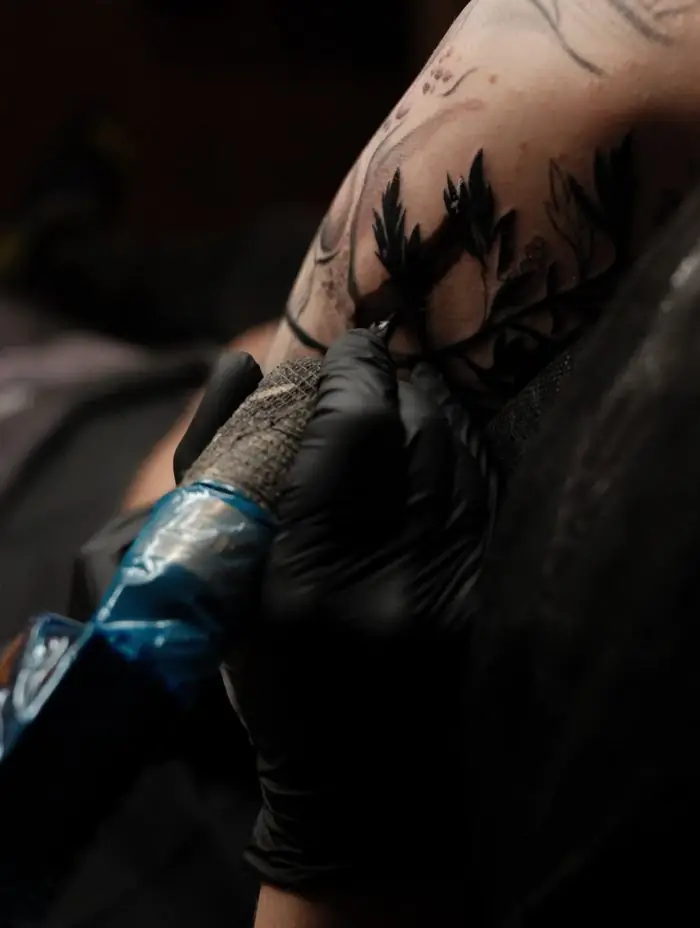
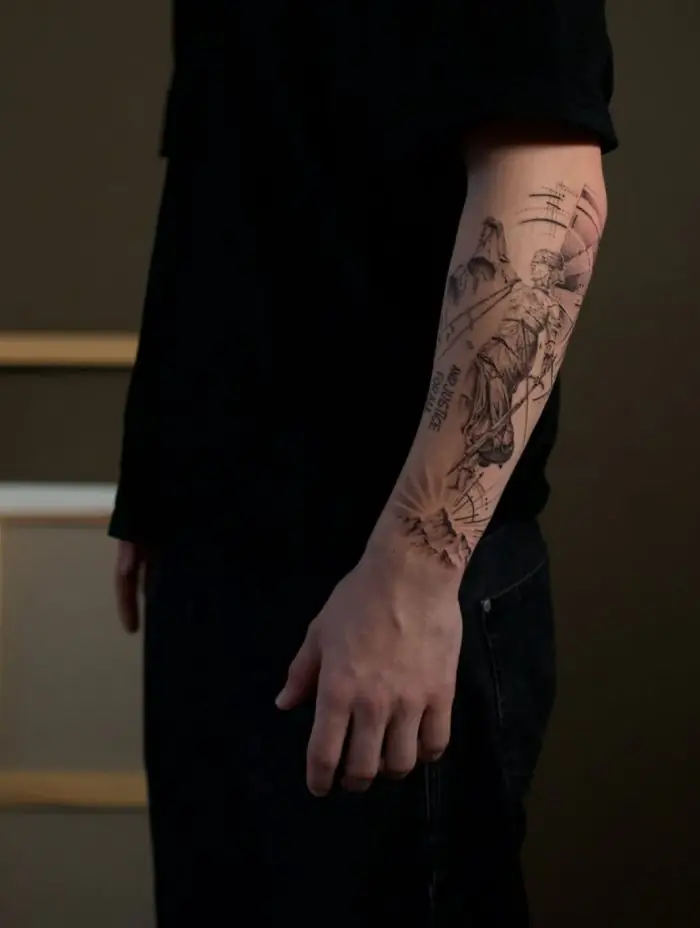
Identity through tattoos
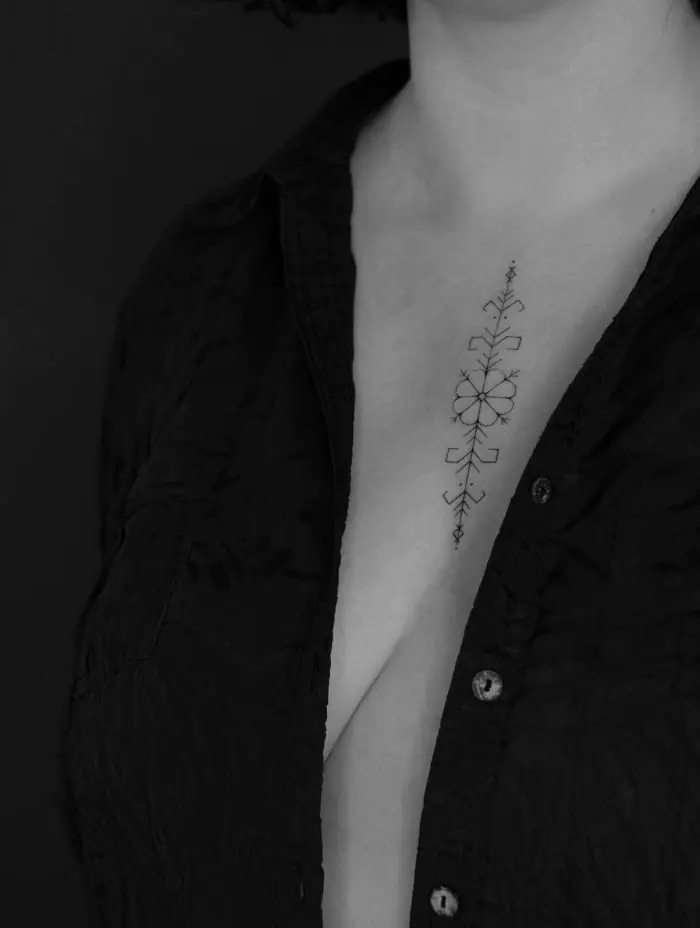
My own tattoos are very important to me. They have become such an integral part of me that I can no longer imagine myself without it. For example, I have a full sleeve that represents multiculturalism and relates to traveling. Although the desire to get a tattoo may seem spontaneous, it is always connected with something important and meaningful to me.
Ethnic ornaments are becoming increasingly popular nowadays. Some of our clients want to get Maori or Polynesian motifs, for example. However, increasingly, Latvians are choosing local patterns—Latvian aesthetics. This is pleasing. Another interesting trend is tattoos in the form of postage stamps depicting Latvian architecture, for example. Such a souvenir is both a memory and a symbol.
Motivation and future
I achieved what I once dreamed of but it took me 13 years of dedication and hard work to get there. After reaching that point, I found myself feeling burnt out and decided to take a step back. That pause gave me the clarity to reconnect with painting, something that has been part of my life even before I began tattooing. While I’m not stepping away from tattooing entirely it remains both my business and a meaningful part of my identity. I’ve developed a deeper commitment to art and am allowing myself the space to explore it fully. These days, I live a calmer, more balanced life. As part of this shift, I’ll be spending an academic year abroad to study portrait painting—an important step in my artistic journey.
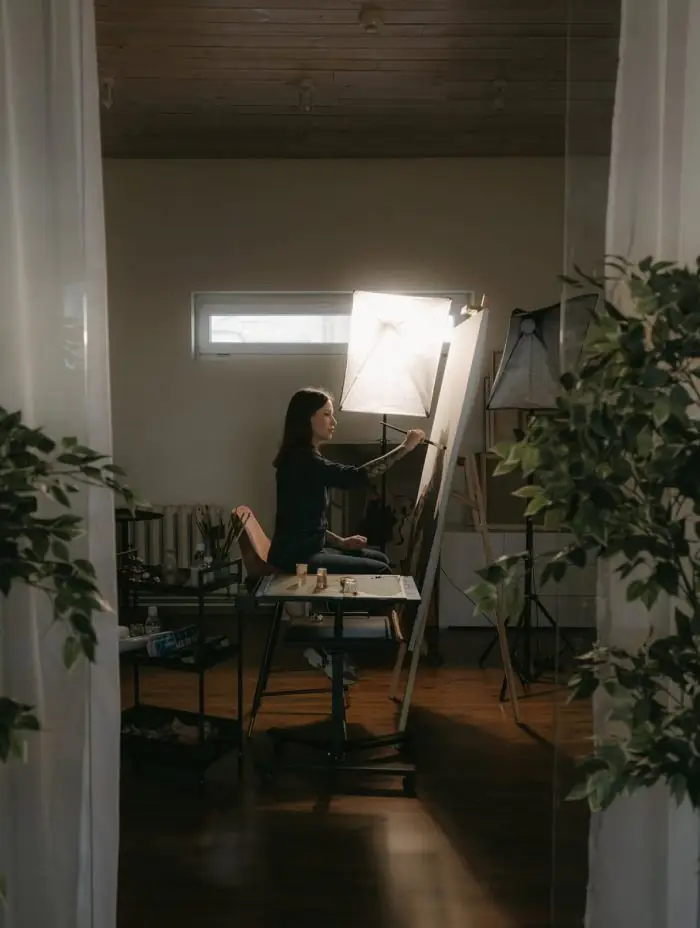
Developing painting skills also supports tattooing, as the two fields are surprisingly similar and complement each other perfectly. However, a painter’s daily routine is very different from that of a tattoo artist. With painting, there’s no need to worry about making mistakes or causing pain. It’s simply a canvas, a cup of coffee, and a beautiful day somewhere in the countryside.
On attitudes to obstacles
Of course, there were times when things went wrong. In fact, many aspects of it were challenging; I encountered betrayals, threats and disappointments. Nevertheless, I have always been motivated to move forward. Even when someone stood in my way, it only made me more determined to succeed. I am grateful to those people—it is thanks to them that I grew.


